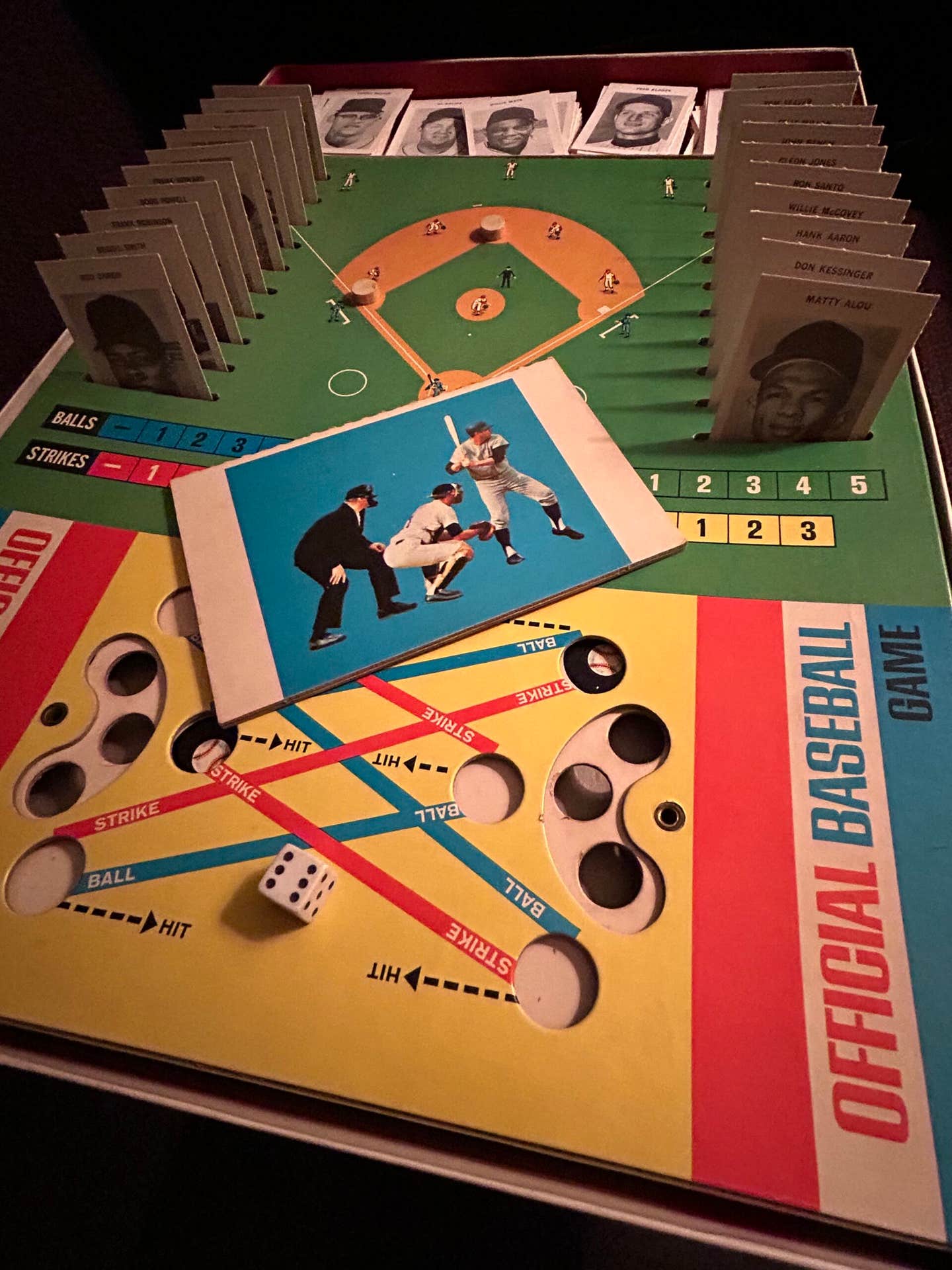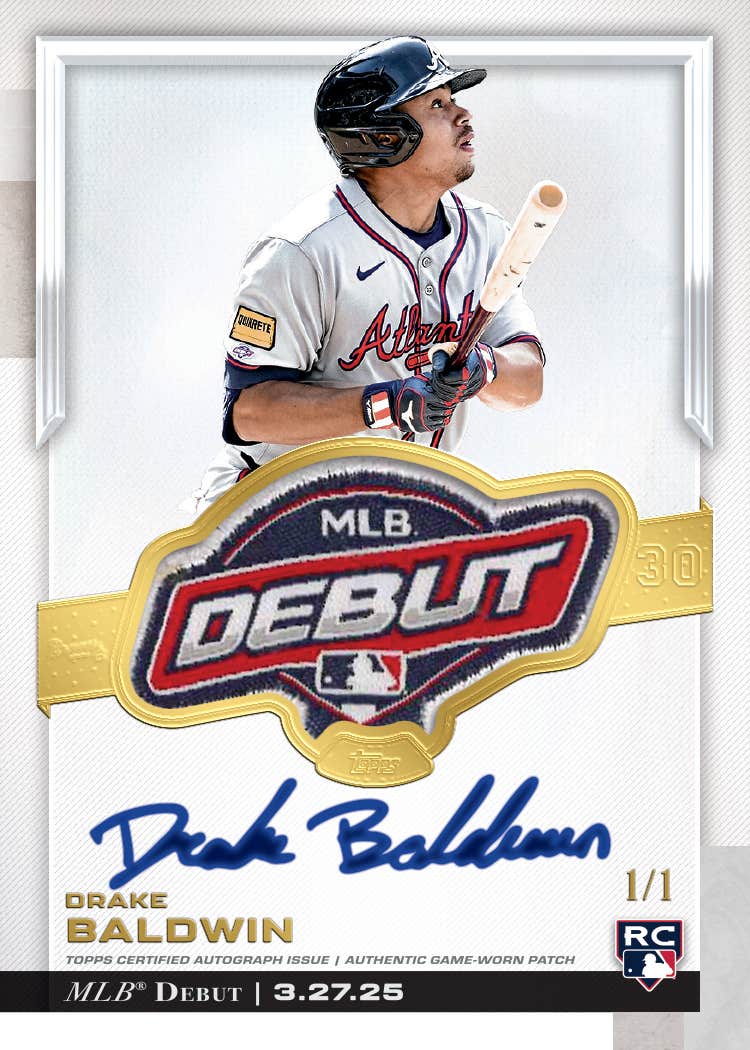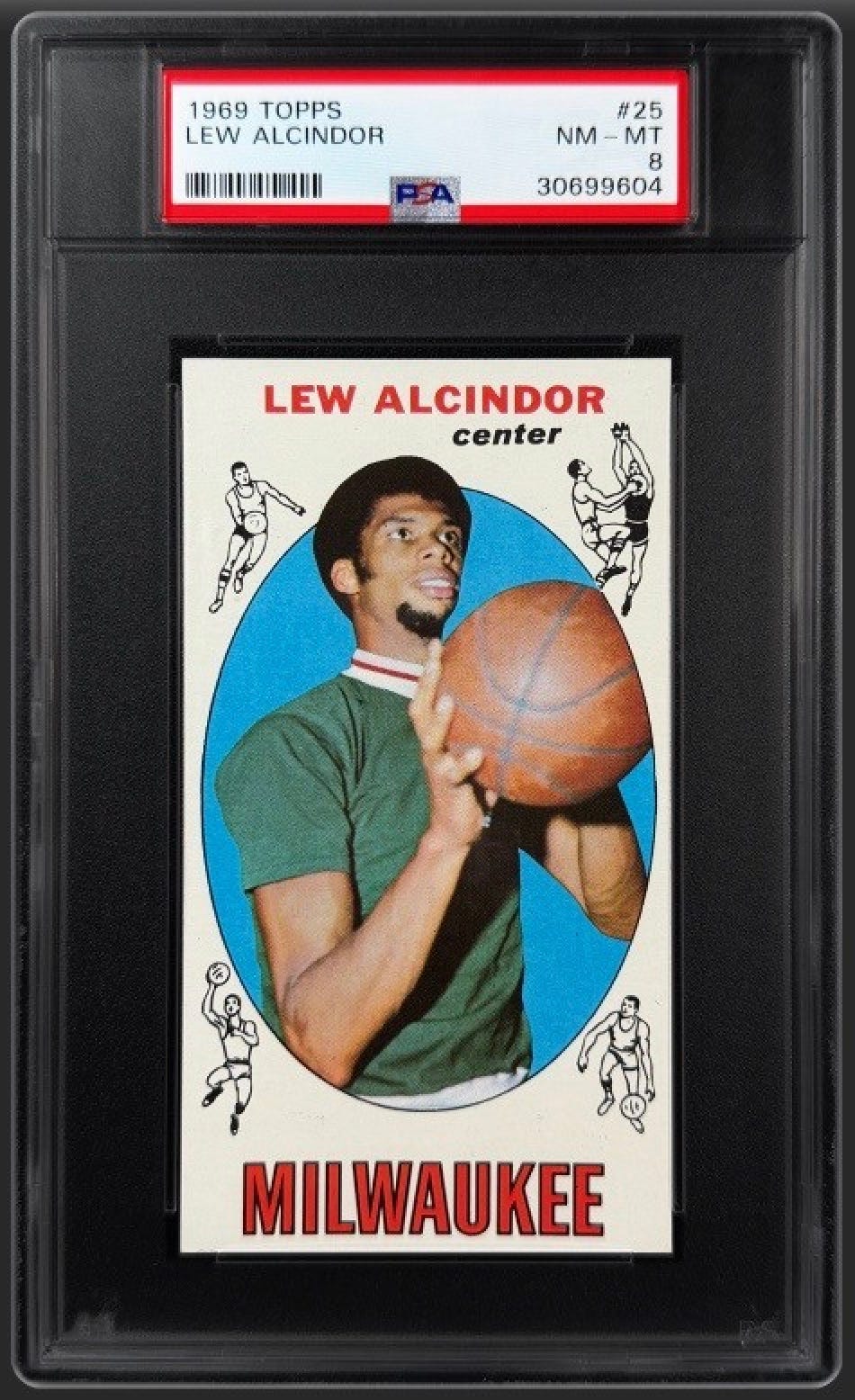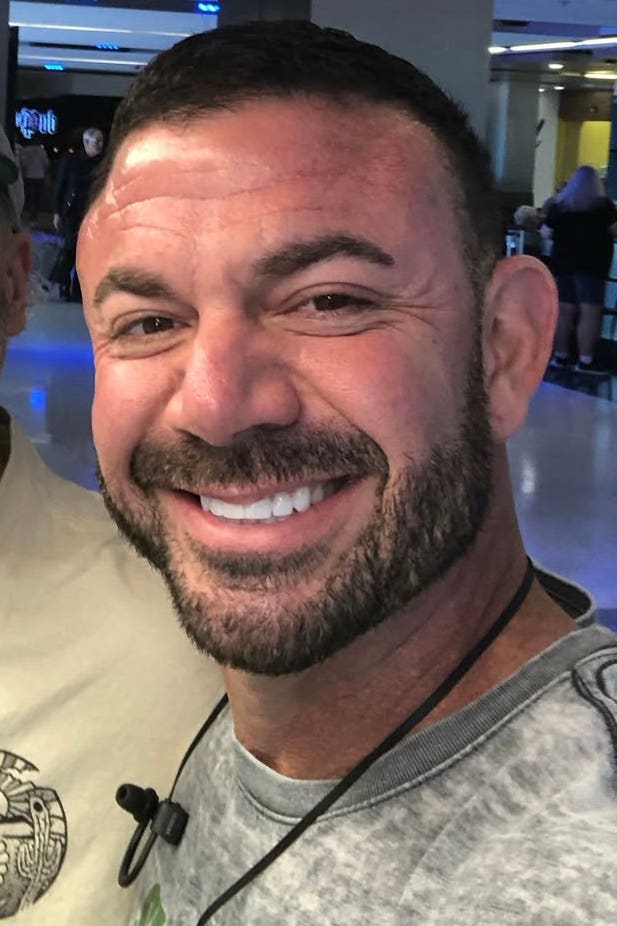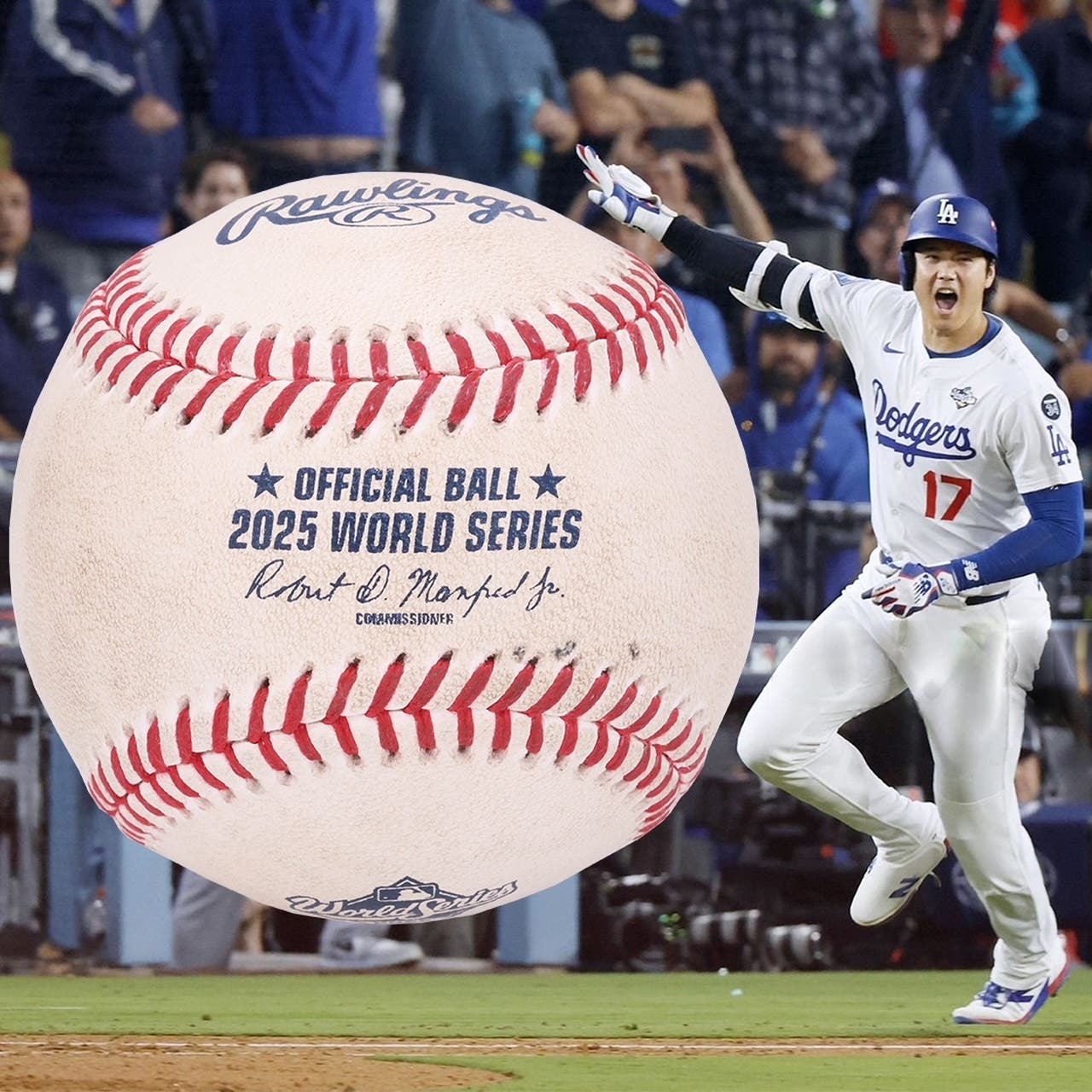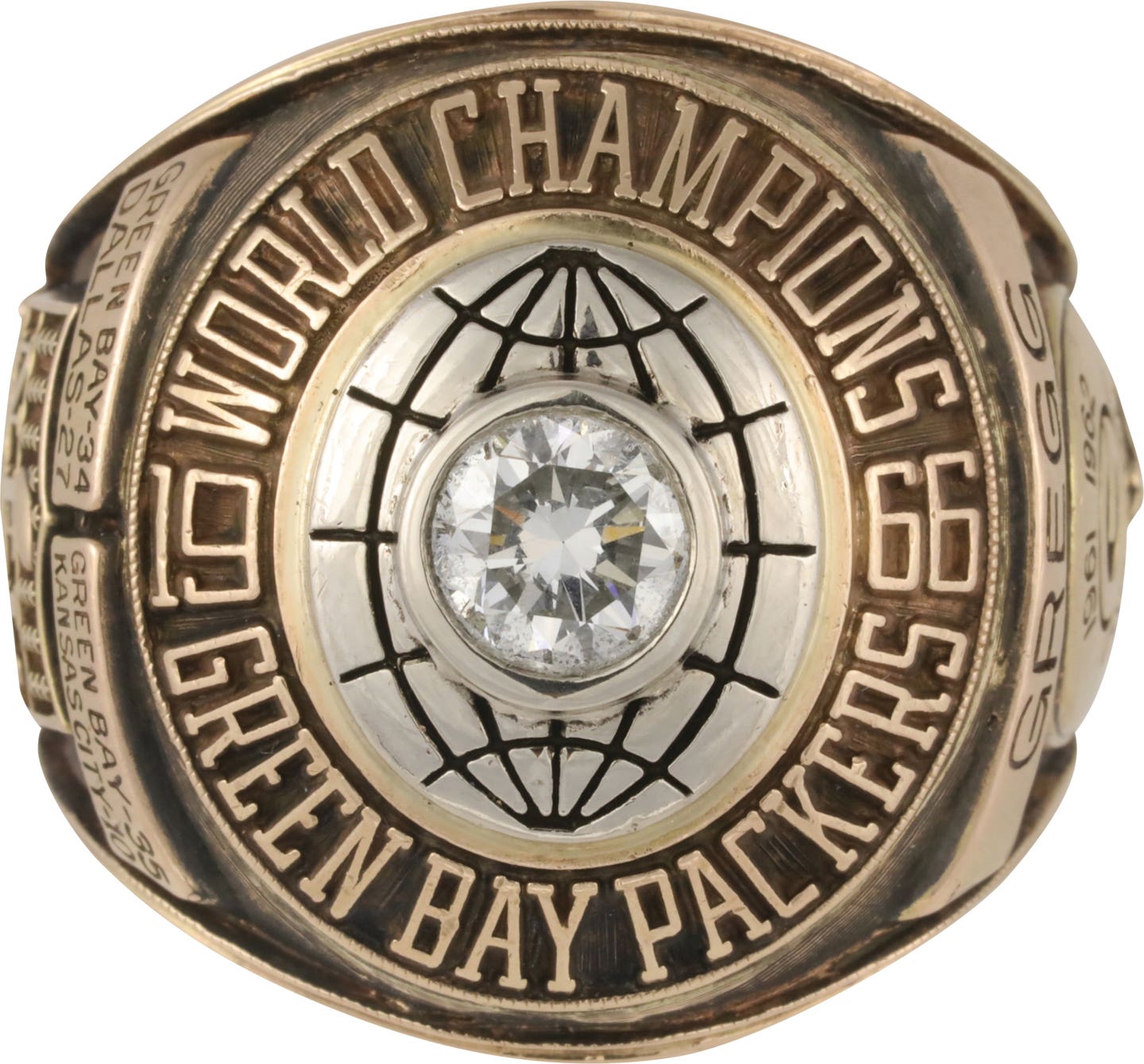News
Aaron’s HR lives on in Legends release
Since Todd McFarlane and his company, McFarlane Toys, obtained licensing to produce baseball, basketball, football and hockey sports figures, McFarlane has tried different things to keep interest high for his figures. First it was creating ‘chase’ figures, then it was the introduction of 12-inch and 3-inch figures, as well as special figures.
The introduction of the Legends Series in all four sports is arguably one of the most popular figure introductions to the hobby in the last several years. Blending old-time players with modern-retired players into one series has linked old-time collectors with modern collectors. McFarlane recently spoke with SCD about the special Barry Bonds 756 figure, as well as the Legends Series in general, and some things that collectors can expect in 2008.
SCD: What was it like as Barry Bonds approached the home run record and you had all those special Home Run 756 Bonds figures sitting in your warehouse waiting for the record to fall?
Todd McFarlane: Luckily, they were sitting in Sacremento, which is close to San Francisco. I was hoping that he would hit the home run in San Francisco so that we could get the product out literally in under 20 hours. It actually worked out pretty good. We had the product there, he breaks the record and we were able to back up the trucks and move it out as fast as we can to a city that was pretty excited about the event at that moment.
SCD: So you pretty much had everything planned out, and as soon as he hit the record-breaking home run it was just hit the “go” button?
TM: Yeah. It was a little bit like a DVD release or something like that where you have a street date. Our street date was home run 756.
SCD: When I talked to you previously, you had concerns about including a lot of older baseball players in the Cooperstown Series because you were worried about how they would sell to today’s collector. Are your feelings still that way, or have they changed since you have started releasing more of those figures?
TM: No, not really. It all depends if you go with the big classics like Joe DiMaggio or guys who got a lot of publicity like Roger Maris or Ted Williams. Those have done pretty fine for us. The ones that we were talking about were sort of that next tier of guys who were great, but maybe wasn’t one of those guys that played in the big cities. They had tremendous careers but didn’t get the notoriety that they might have. A couple classic examples would be guys like Frank Robinson and Harmon Killebrew. They are way up on the home run chart, but because the guys who get most of the ink like Hank Aaron, Willie Mays and Babe Ruth, and now recently even with guys like A-Rod and Bonds, some of the mid-level guys get lost in the shuffle on those conversations. That’s too bad.
SCD: You have a Ty Cobb figure coming out in your next Cooperstown release. Do you think today’s baseball collectors are familiar enough with Cobb that he will be a pretty good seller?
TM: I think he will be a solid seller. I wouldn’t necessarily speculate he will be a great seller. But I believe that Ty Cobb is one of the few if not the only guy that most people know prior to 1920. Once 1920 comes, everybody is on the Babe Ruth bandwagon. If I were to go to people and say, ‘Here is $20 cash, name me one ballplayer prior to 1920 who is not named Ruth,’ I think the majority of those people if they came up with a name would come up with Ty Cobb. I think he is the most famous from that era even though there are other guys like Walter Johnson, Cy Young, Tris Speaker and these guys who had great careers at that same time. Even Eddie Collins, a teammate of Cobb, had a great, great career, but Ty Cobb, because he was sort of notorious like Barry Bonds, is the guy now that gets more ink and that we know as time goes by.
SCD: Can you reveal anything about the upcoming Hank Aaron figure?
TM: I was always a fan, and Hank played for so long, not only in Milwaukee and Atlanta, but he also played long enough that he had three, four or five different kinds of uniforms. But of all the variations, maybe I have a bias because that is when I was collecting a lot of stuff, when they came out with that cool white and blue uniform when he hit home run 715. I always thought that was one of those cool retro uniforms that I wish they were wearing today. Also like the Houston rainbow uniform that I think still holds up today. It will be from that era.
SCD: Do you have any plans for any dual Hank Aaron/Barry Bonds products?
TM: Not really. We may, but that’s not in the cards right now. If we ever get there, then I have to get both Barry and Hank to sign off to include anybody else in that same package with them. It may happen. It may not. If not, then we’ll have them both individually, and if people want to put them together, that’s fine.
SCD: You have been doing the Legends Series for a few years now: Which one is most popular with collectors, in your opinion?
TM: For just ongoing sports, obviously football carries the day. But it is not necessarily true for the Legends. The Legends is really predicated upon the selection of the players and who we get. If we happen to have a strong baseball lineup, you know with Mantle and Maris and guys like that – and Ted Williams and DiMaggio – and the football lineup isn’t quite up to that same level, then the baseball will actually outsell. But so far, all the football and all the baseball have been solid for us. We haven’t been left with any inventory on any of those. That’s just because the names that we have are tried and true, which is less risky if you will, than doing the current players where a guy may get traded or go into a slump.
SCD: When you put together a Legends series, do you try to put together a superstar-studded checklist, or do you try to get a couple of really good players and some players a tier below those and then some players a tier below them?
TM: In a perfect world, that answer is yes to what you just said. But given I don’t necessarily get to control it, sometimes we just go, ‘We need six guys under contract and the first six guys we get under contract are the ones that go into that next lline.’ We have our wish list, and we go in a certain pecking order, but we don’t always get our first choices. Once we get our first guy knocked down, we go to our second one, then the third, then the fourth, then the fifth.
SCD: Previously, you had stated you would like to do a few more Super Chase figures, and you have done some recently. Have the Super Chase figures met your expectations?
TM: I haven’t checked to see whether there is a big secondary market for them or not. It’s more about bragging rights than anything else. With Teemu Selani, we only did 13, so if you have one of the 13, it’s cool. Because there are only 13, you get to go ‘wow.’ As you might imagine, those who get a Super Chase are very ecstatic, and those who don’t want us to make more of them. It’s the nature of the beast.
SCD: Are there any other ideas besides the Super Chase figures that you have on the drawing board that you want to try?
TM: No, not really. As time goes by, and cost becomes an issue, some of the stuff that might be fun to do, you have to pay attention to cost. Plastic is a byproduct of the petroleum industry, so gas is going up and byproduct stuff is going up. So even if you wanted to do something a little more elaborate, it’s just going to add cost, and I don’t know if I necessarily want to add cost to the existing product. I’d rather be able to maintain that ongoing price for as long as possible.
SCD: Have you started doing the regional shipping yet?
TM: Yes we have.
SCD: How is that working out so far?
TM: Pretty good. If we overship too many of a guy even in his hot region, you can still get backed up a little bit. We have seen that happen on a couple players. But for the most part, it is doing exactly what you think it should be doing. If you ship a bunch of Ted Williams figures to Boston, we check our data, and Boston is selling every one of the Ted Williams figures. Conversely, the DiMaggio figures are selling out in the New York area. It’s been encouraging that we have been able to mix and match it a little bit and get a little more specific with it.
SCD: There are still a few months left in 2007, but what are you plans for 2008? Will it be pretty much the same schedule of releases as what you have now?
TM: We had cut hockey down to four figures per line. We are going to go back up to six figures per line. We are actually even talking about maybe doing seven or eight in a line. We’d go the opposite. With the four, although the theory was sound, if you do four, four and four, you can get people in the store three times. The reality of it was the four players limit your scope of interest because there are only four of them. We found in the past where we did a line with seven or eight figures, they were some of our better selling lines. So we are going to go in the other direction.
The other part of it is, we are probably going to change the packaging to indicate the year, rather than the series. Although the series will be somewhere on the back. It’s confusing to some casual consumers. If you have NFL 18 and NFL 19, and you look at the number, it sometimes overwhelms them. They think they’ve missed 17 in a row. I think we are going to start moving it in the direction where we say NFL 2008. Although there will be two releases, or we will feather the figures in, we’ll start winding the one series down as we go to the other. All of them will just be accumulative for the 2008 series.
I guess it’s the same as when I was a kid when I collected baseball cards and I used to get checklists. Sometimes you would get what they called the first series. But at the end of the day, all of them make up the complete set. Although they would release them in different series, as kids, we just referred to them as the 1972 set, the 1971 set. We are just going to make a little bit more clarity to the consumer by basically saying, ‘You know what, you don’t have to know what series it is.’ The hardcore collectors can, and depending on how you guys put it in your magazine, but to the casual consumer the stuff on the front of the package this is product from 2008.



